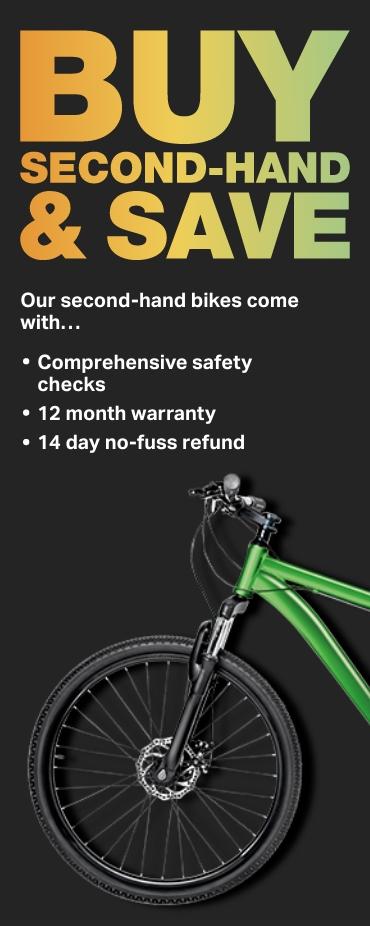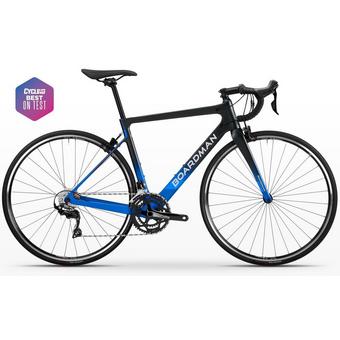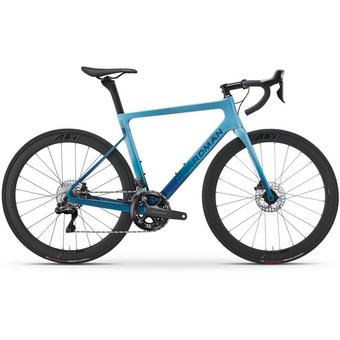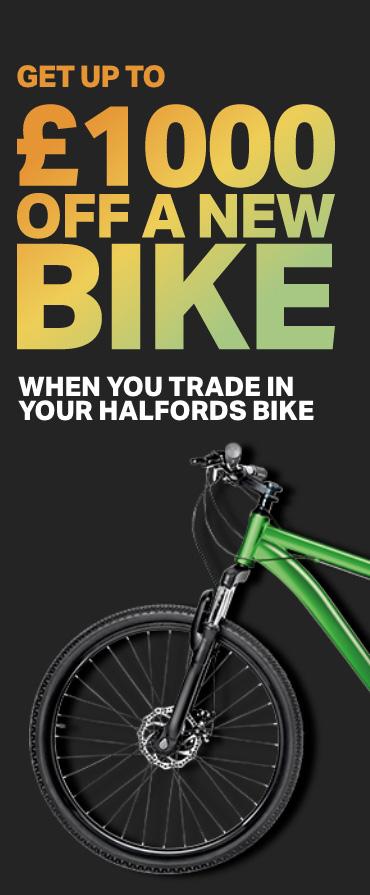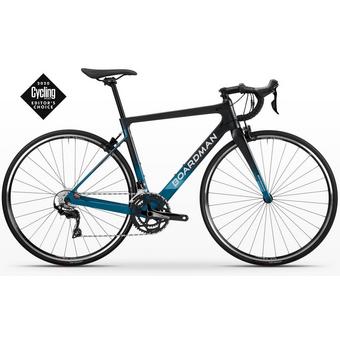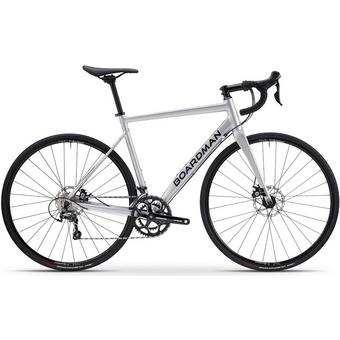Road Bikes
Ways to apply
- Build your basket and select Trade Credit at checkout.
- Apply below to check your eligibility.
Activate your limit
- If eligible, receive your Trade Credit limit instantly.
- Authenticate your business with an ID check*.
*Only required on your first Trade Credit purchase.
Pay on account
- Complete your purchase and pay on account at the end of the following month.
- Enjoy no interest or transaction fees**.
**Late payments can impact your business credit
Already applied and have a limit? Approve your order via SMS to finalise your purchase.
About our range of road bikes
At Halfords, we have a huge selection of road bikes from top manufacturers, including Boardman, Carrera and Voodoo. Whether you’re commuting, racing or riding for leisure, our extensive product line covers all the above and is stocked full of bikes for both men and women. We’ve got specialist carbon models with top spec components ideal for racing, alongside lightweight road bikes perfect for a leisurely ride or commute.
A road bicycle is designed with speed, comfort and endurance in mind. Narrow tyres with fewer wheel spokes are complemented with a light and streamlined frame which provides super-reactive handling and increased maneuverability.
Road racing bikes
We have a great selection of road racing bikes equipped with Shimano Tiagra gears offering crisp shifting, and Tektro brakes for controlled and powerful stopping. If you're looking for a road racing bike that's fast, agile and comfortable, you'll want skinny tyres and a frame made from ultra-light carbon fibre or high-performance aluminium. Our selection of Boardman and Carrera bikes feature drop handlebars and offer outstanding performance from a lightweight and aerodynamic frame.
Fixie bikes
Also within our road bikes range, you’ll find a selection of high quality fixie bikes. These single-speed, fixed gear cycles are ideal for track racers both at beginner and professional levels. Learn more about fixie bikes.
Road bikes to suit all riders
Still can't decide? Our road bike buyers guide will help you find the perfect model. You'll find important information on frame materials, racing features and also endurance features to help reduce things like road vibrations and bumps and the differences between hybrid bikes and road bikes. You can also check out our recommendations on the best road bikes selected by our Halfords experts.
But if you'd prefer to choose a bike in person, head down to your Local Halfords store, where our team of experts will guide you through our complete range of men's and ladies' road and racing road bikes.
At Halfords, we like to make things easy, which is why we offer a free bike build service on selected men's and ladies road bikes when you choose to collect in store. Still not found the bike you're looking for? Check out our full range of bikes, cyclocross bike and mountain bikes.























